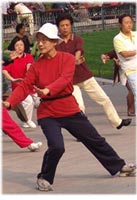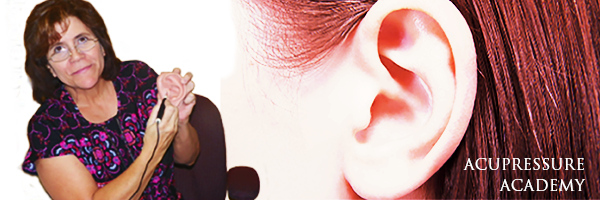What is Qigong?
- Postures
- Guided Imagery
- Meditations
- Breathing Techniques
Qi means “breath” or “air” and is considered the “vital-life-force” or “life-force energy.” Qigong practitioners believe that this vital-life-force penetrates and permeates everything in the universe. It corresponds to the Greek “pneuma,” the Sanskrit “prana,” or the Western medical conception of “bioelectricity.”
Gong means “work” or “effort” and is the commitment an individual puts into any practice or skill that requires time, patience, and repetition to perfect.
Through study, the individual aims to develop the ability to manipulate Qi in order to promote self-healing, prevent disease, and increase longevity.
More about Qigong techniques
There are two types of Qigong practice:
- Wai Dan (External Elixir) involves physical movement and concentration
- Nei Dan (Internal Elixir) involves sitting meditation and guided imagery or visualization
According to the traditional teachings of Qigong, beginners first learn physical movements coordinated with breathing techniques. They practice sets of exercises (similar to Tai Chi) until each movement or posture is perfected. Once they learn the form, the next step is to find the subtle flow or fluctuation of energy within the postures, movements, breathing patterns, and transitions. This is called moving meditation.
 Among the exercises, there are many postures that are held for long periods of time. These postures are somewhat similar to those of yoga. They are practiced to strengthen the limbs and increase energetic flow. These postures fall into the category of still meditation.
Among the exercises, there are many postures that are held for long periods of time. These postures are somewhat similar to those of yoga. They are practiced to strengthen the limbs and increase energetic flow. These postures fall into the category of still meditation.
Sitting meditation focuses on Continue Reading Here.


